At some point in life we’ve all been told to “focus on the task at hand,” “stop daydreaming,” and “take a deep breath to calm down.” What we may not have been told is that these are all ways of practicing mindfulness. Jon Kabat-Zinn, a leader in the field, defines it as a way of not taking things for granted; bringing ourselves back to the present moment; and using curiosity, openness and acceptance to self-regulate our attention.
Kid-Friendly Activities for Mindfulness
Focusing on a specific action can encourage calmness. Choose from 25 activities in our Visual Cards for Calming to self-regulate.
Proper breathing is great for calming down a racing heart or soothing anxiety. Most of us likely take breathing for granted, so using one of the following techniques can help.
1. Smell the flower, blow out the candle
Slowly take a long breath in through the nose as though smelling a flower, then blow it out through the mouth as though blowing out candles. To help enhance the mindfulness experience, children can pretend to hold a flower up to their nose while breathing in. Repeat as many times as needed.
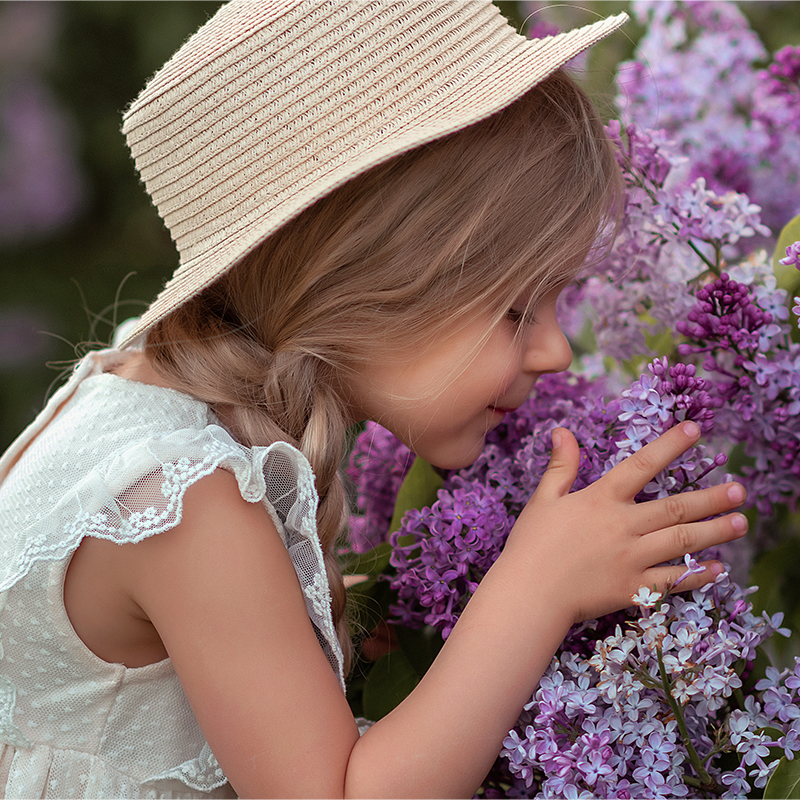
2. Breathe through the rainbow
Kids may benefit from breathing deeply a set number of times. Using the rainbow as a counting device often gets kids more engaged in mindful breathing. For each deep breath, the child should think of their favorite thing that is red, then orange, yellow, etc, until the whole rainbow is complete. To add an element of calming movement, kids can pretend their fingers are paintbrushes and bring their arms up from one side and down to the other to form the rainbow’s arc with each inhale and exhale.
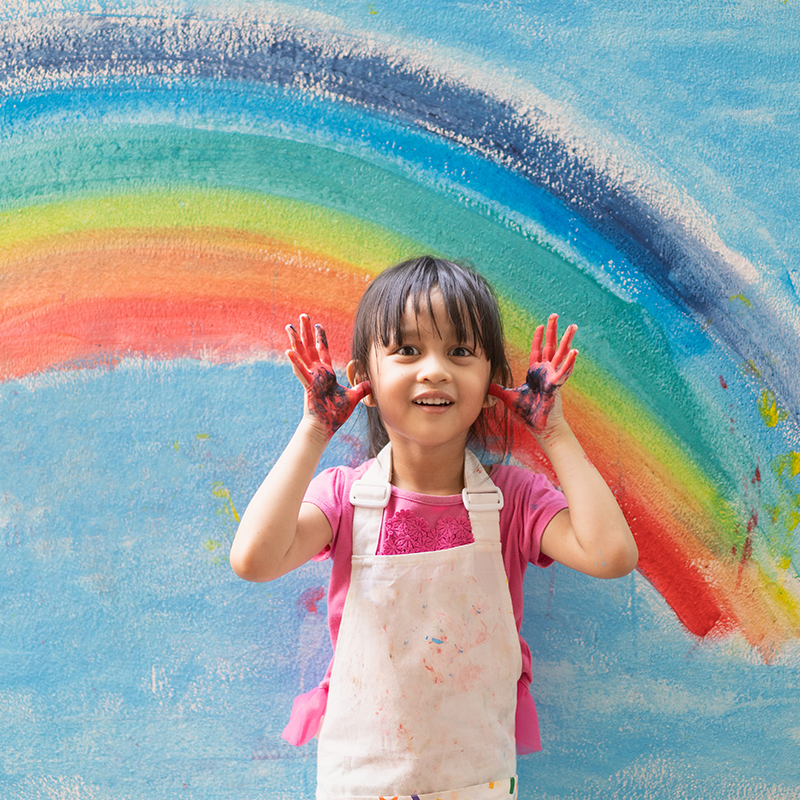
3. Countdown from five
Kids can take five deep breaths, focusing on a different sense with each breath. During the first breath, they can think of five things they can see. During the second breath, four things they can feel. For the third breath, three things they can smell; then two things they can taste; and finally one thing they can hear. Depending on the child and the surroundings, the senses can be used in any order as long as the child is counting down from five.
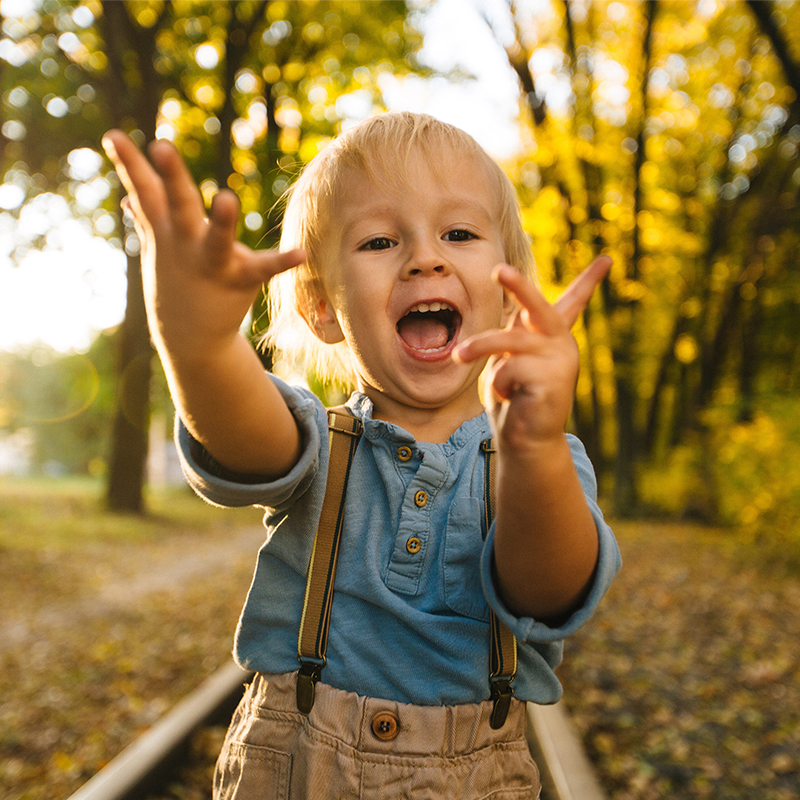
Parents can dedicate some time to doing yoga with their children. More than just a way to get some quality time together, the movements of yoga require one to be in touch with their body. This focus on proprioception, or one’s position in space, can be especially beneficial for those struggling with sensory processing disorders.
Teachers can begin lessons by leading students in a mindful minute to focus their attention on their learning. This is particularly helpful on the day of a test or presentation. Keeping a Calm Down Jar in the classroom is another great way to help kids self-regulate. Teaching students time management is a skill that will help them in and out of the classroom. Sand Timers are a good visual representation, so that each child can know how much time they have left without disrupting the lesson to ask. Additionally, watching the sand run through the timer has a calming effect similar to the Calm Down Jars.
Why Mindfulness Matters
When we worry, we focus on the unknowns of the future. Being mindful brings us back into the present. Teaching kids to utilize these strategies at a young age forms the basis for strong positive habits during adulthood. Although it may sound too good to be true, something as simple as controlling our breathing decreases anxiety and reactivity while increasing calm, self-regulation, self-esteem and cognitive functioning. Many people even use mindfulness to help them fall asleep at night!
Because it’s such a customizable concept, kids will have the opportunity to discover what works best for them as they practice mindfulness. It’s a great skill for children to keep in their toolkit to use when necessary. Even better, practicing mindfulness doesn’t have to be obvious. Kids can do this anywhere, anytime without worrying about causing a disruption or drawing attention to themselves.
Check out our calming toys and tools to increase mindfulness.
We’d love to hear from you– how do you practice mindfulness?







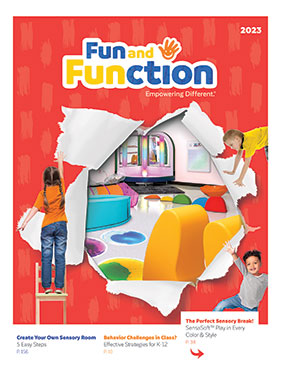






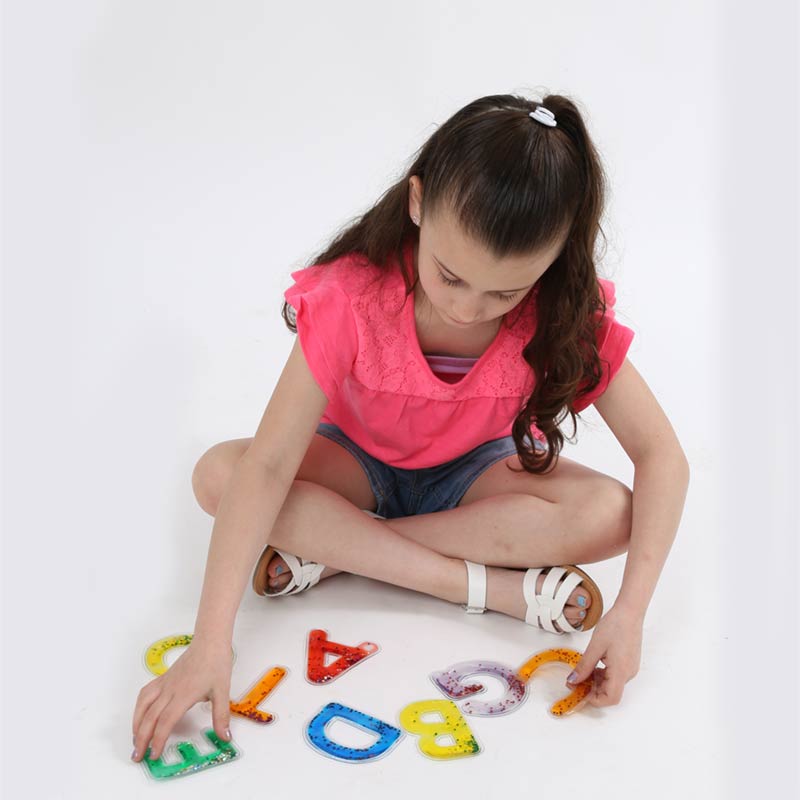
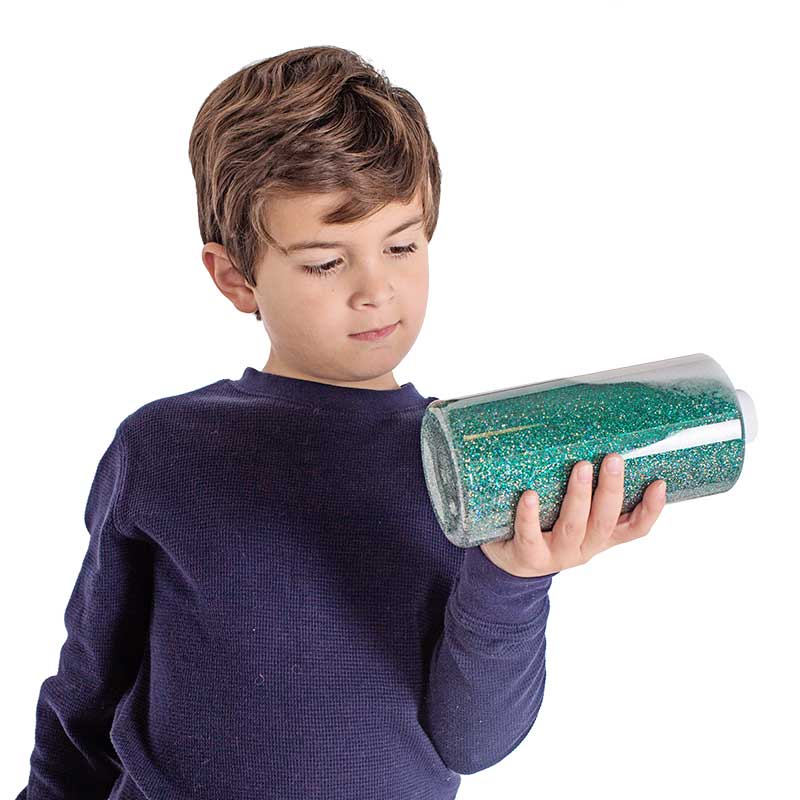






Comments